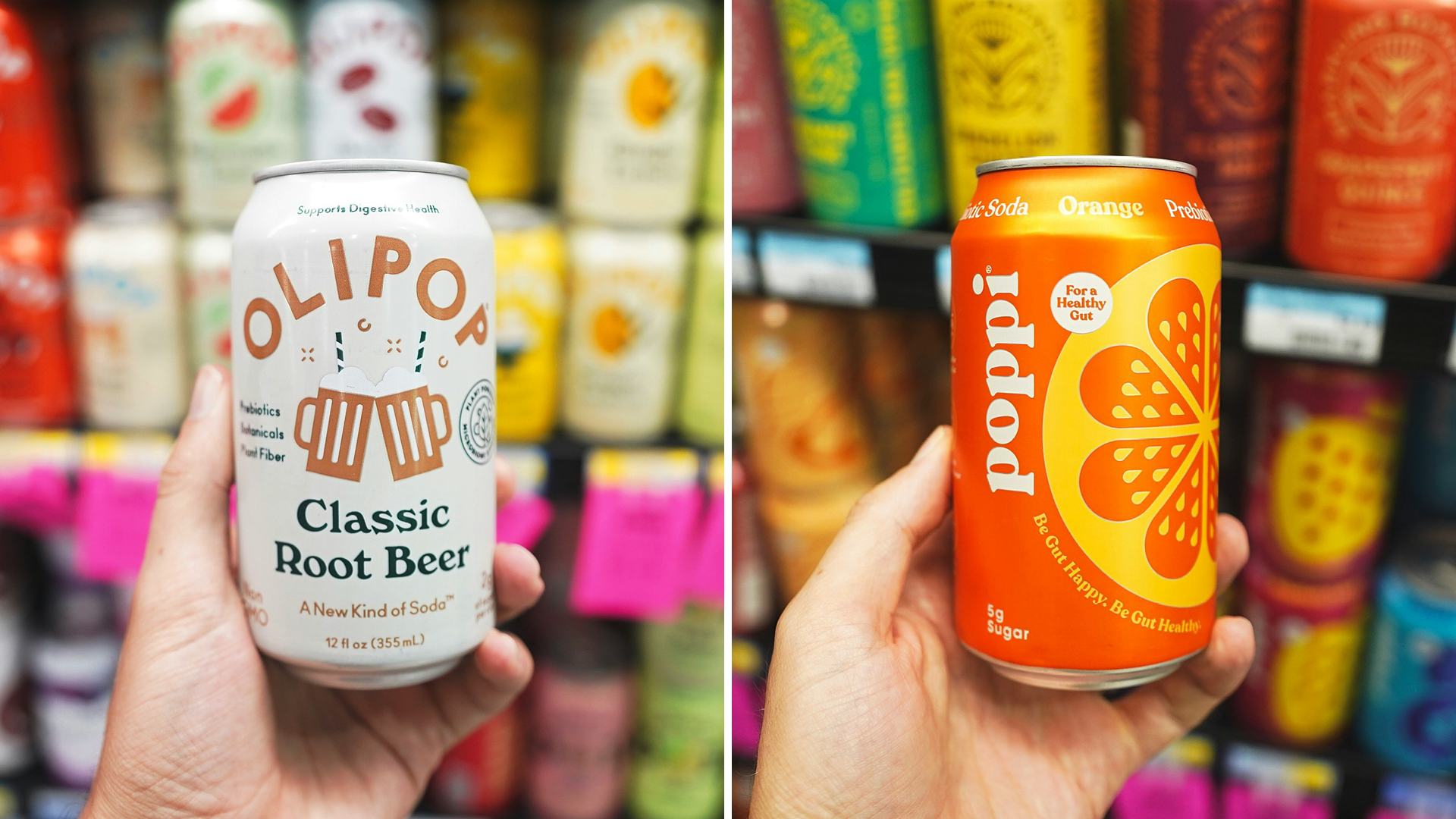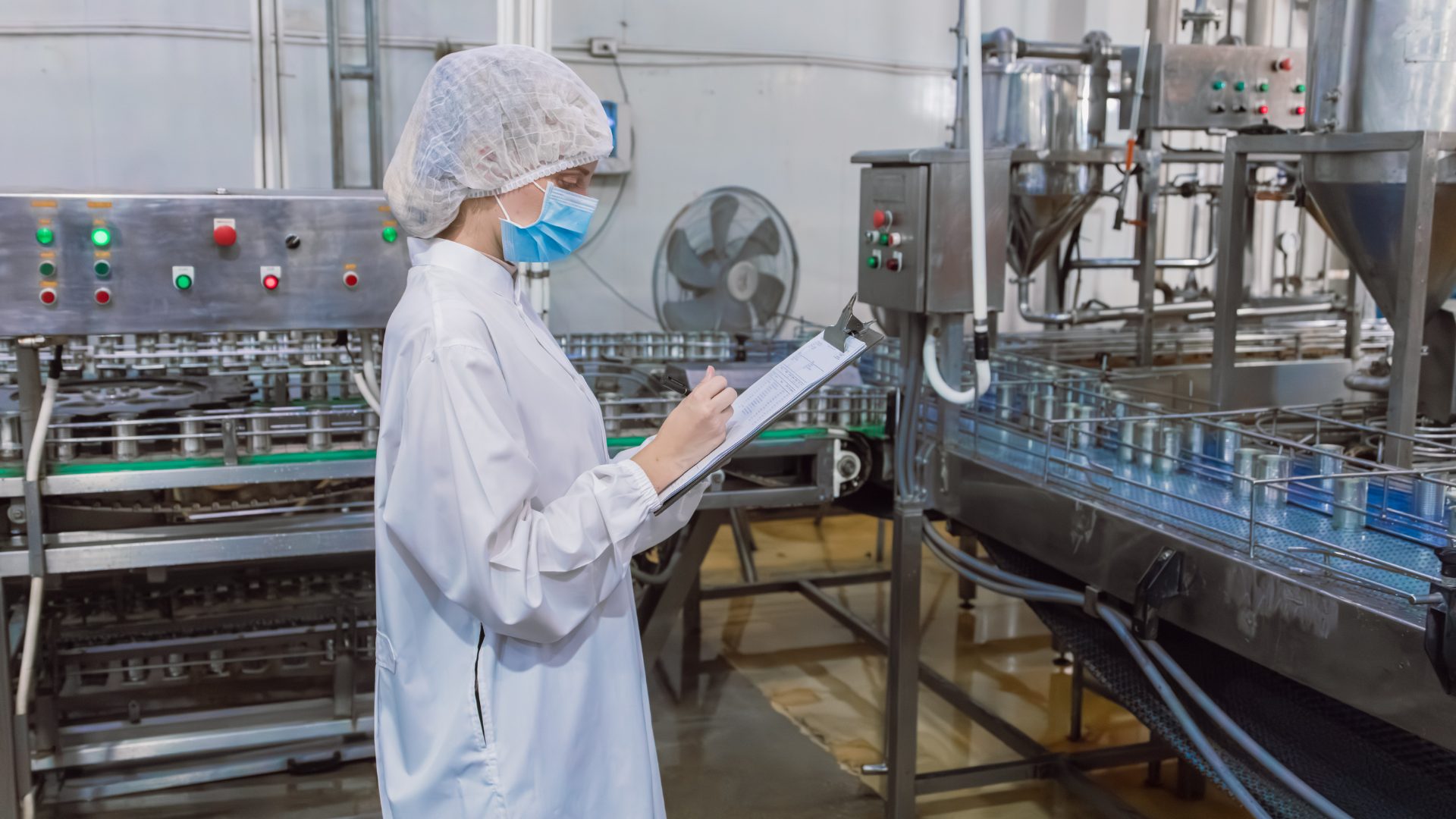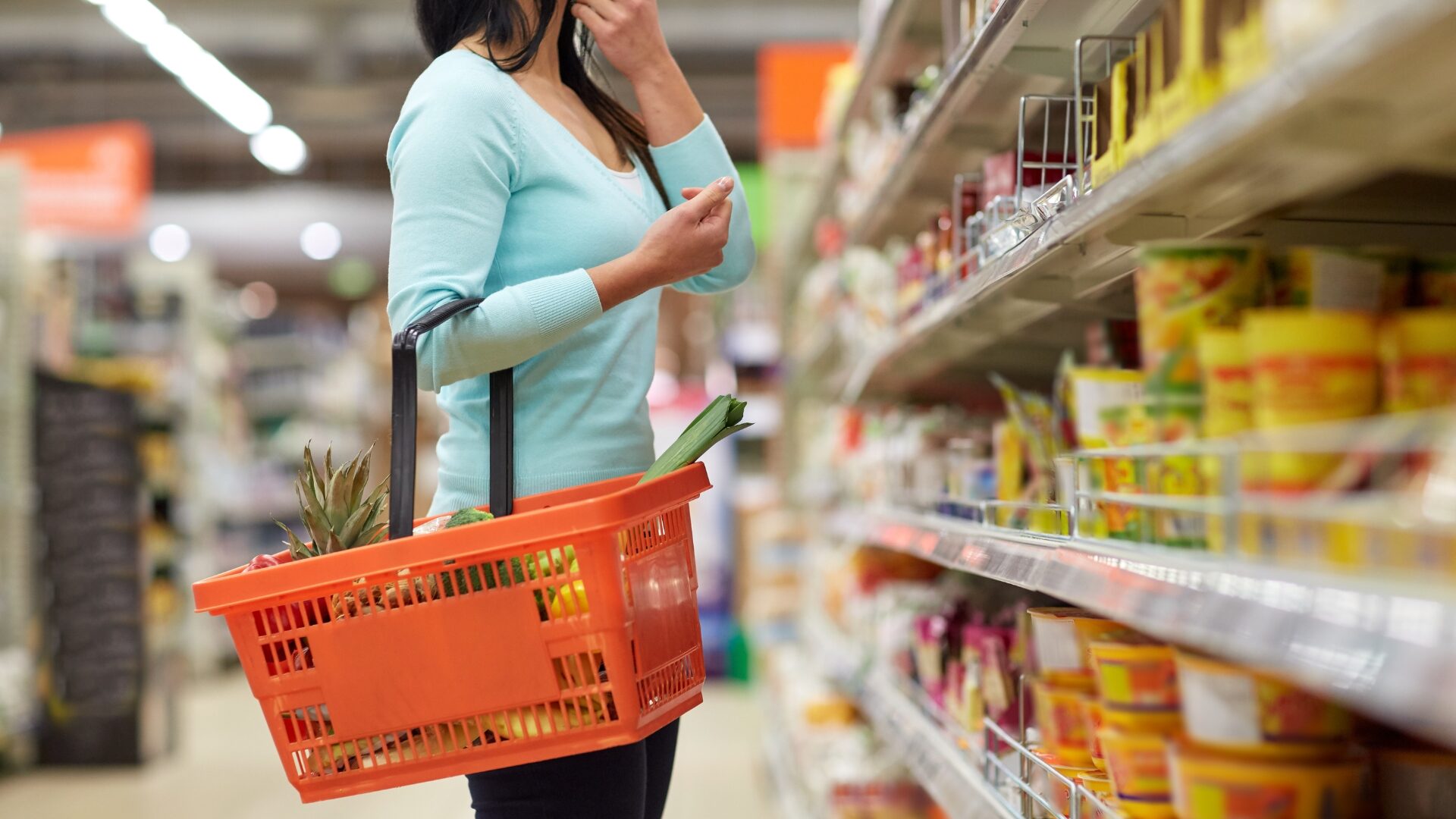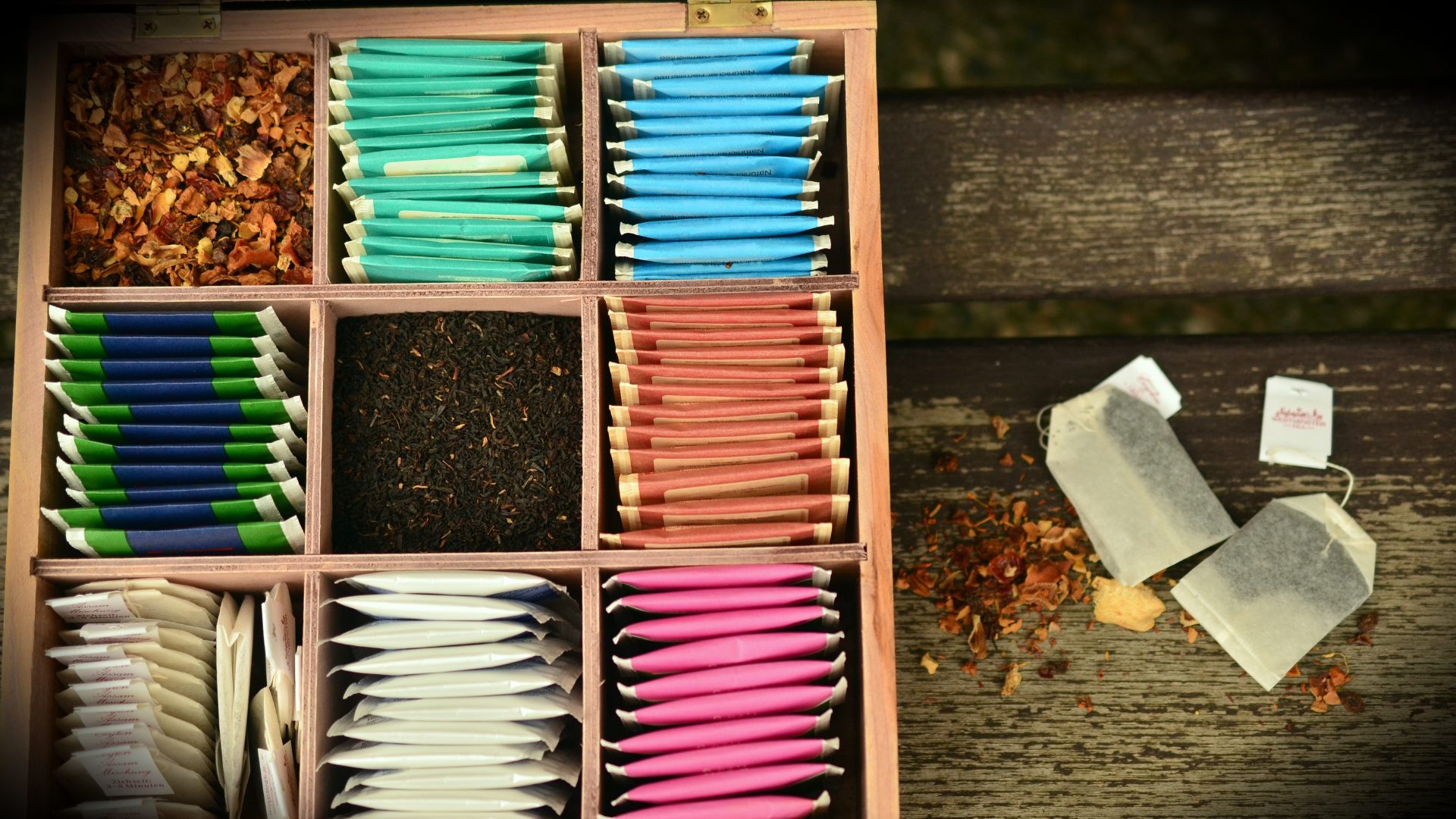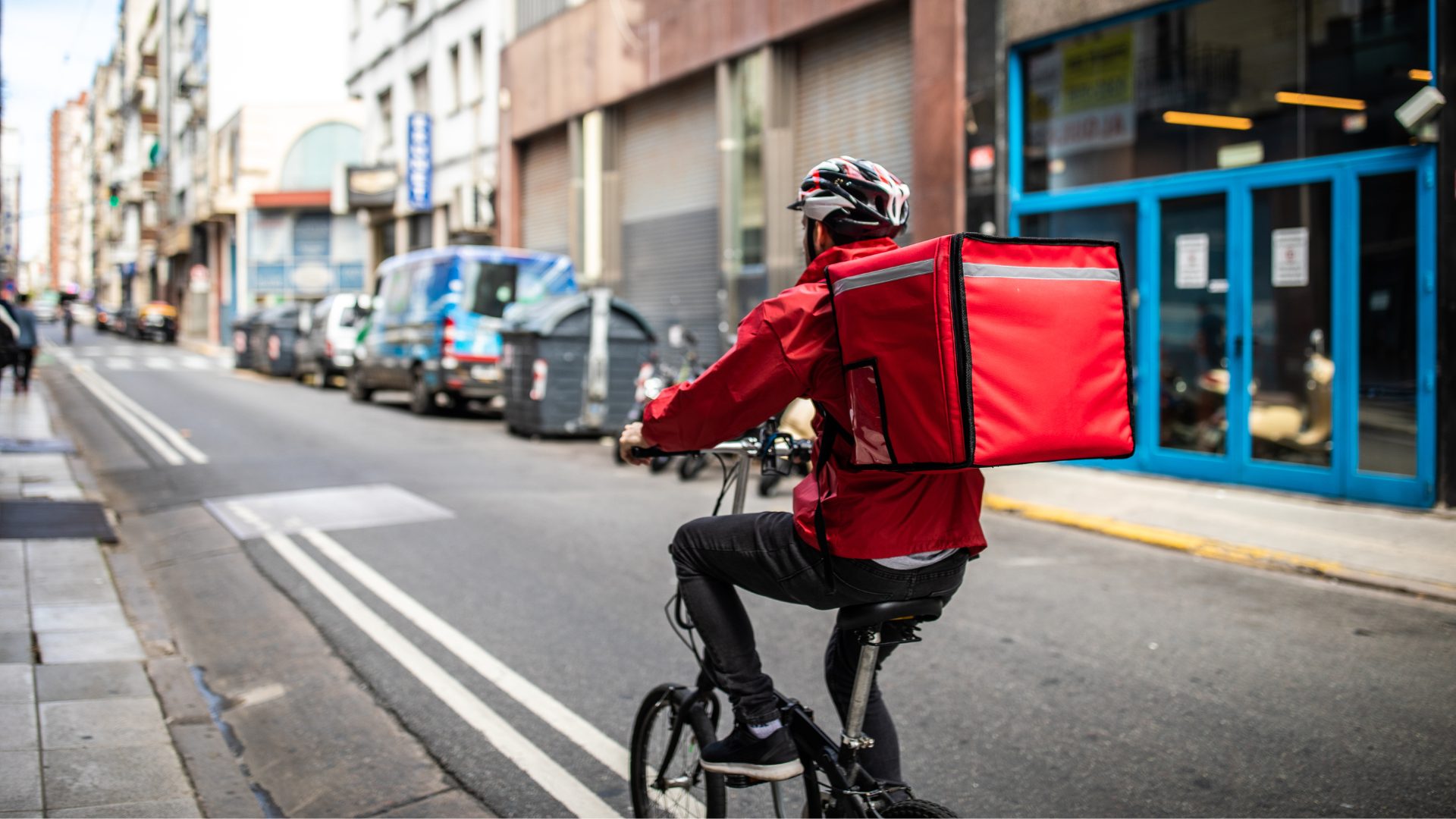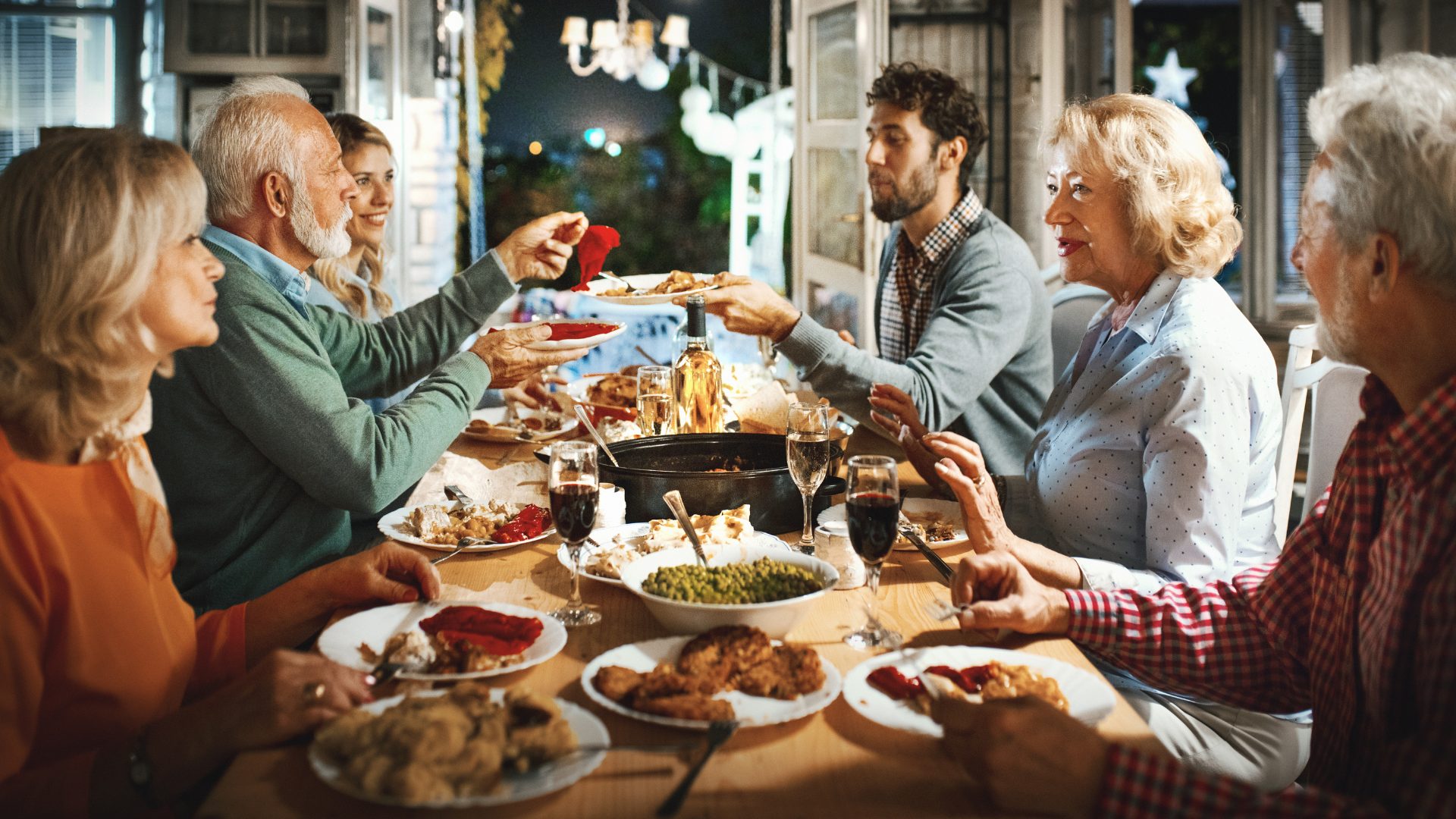Editor’s note: The author has no stake in Olipop or Poppi and has never advised either company. He has worked for a company (Once Upon a Farm) in the portfolio of Poppi’s lead investor – CAVU.
Many, many industry insiders have had to eat their words in the past few months when someone brings up “prebiotic soda” or “Poppi” or “Olipop.” Fiber in my soda? Ridiculous! From a top-line perspective this segment has appeared out of nowhere in the past two years alone. The speed of its emergence reminds me a lot of “Greek yogurt” in the 2000s or vodka seltzers in 2010s. According to NielsenIQ data just released by Axios, this new soft drink segment yielded about $776M in past 12-month sales (presumably MULO) as of early January 2025.[1]
It’s safe to say that this degree of volcanism at cash registers had little to do with a parallel consumer explosion of interest in the nuanced wonders of prebiotic fiber in one’s everyday diet.
So, how did Poppi and Olipop pull it off?
And what are the under-discussed lessons these two new brands offer the broader CPG industry?
Timeline of a Modern Beverage Arms Race
Poppi and Olipop are the latest fighting duo to infuriate undercapitalized founders across consumer-packaged goods. They both raised large sums to support rapid distribution expansion and aggressive playbooks that most can never afford. They both received lots of celebrity investment and promotion, as well. And yet, the sums each brand raised did not reach anywhere near the Dutch tulip-bubble levels thrown at plant-based ‘meat tech’ (e.g. Beyond Meat, Impossible, Meati, Fynd, etc.)
For those just catching up, here’s how it went down:
2018 – Emergence
Summer – CNBC filmed episode 138 of “Shark Tank,” featuring the founders of “Mother” apple cider vinegar – Steven and Alison Ellsworth (the episode aired in December). The couple secured $400K investment from Rohan Oza in return for a 25% stake.[2] At this point, the original product is four years old, raw, self-manufactured and selling slowly at some Texas Whole Foods stores largely because a regional buyer stumbled on their farmer’s market stand in Dallas.
Fall – Olipop launches with modest seed money and two cofounders hungry to avenge the flop of their prior brand, Obi. They switched from probiotic soda to prebiotic soda after a few years of impressive R&D to yield a patented gut health formula – OliSmart.
Take-away: The two brands are not selling in the same retailers in 2018 and don’t appear to be reacting to each other at all.
2019 – The Battle Begins
Poppi Revenue – $0. Rohan Oza, the brand’s self-described “conciliary,” shepherds a complete rebrand and relaunch of “Mother,” transforming it into what he hopes will be a social media friendly, much tastier gut-health brand called “Poppi.” The brand spends the entire year planning its 2020 launch on Amazon and in retail.
Olipop raises $2.5M from Peter Rahal, angel investor and founder of Rx Bar (and now David protein bar)[3]
Olipop Revenue = ~$1M[4] via 40 brick retail stores in Northern California.[5]
Olipop utilizes micro-influencer marketing to generate social media buzz, most of it unpaid or paid simply via gifting product directly to people with engaged audiences online.[6] 21st-century “field” marketing that leverages only inventory as your marketing cost.
Take-away: Olipop is out of the gate ahead of Poppi but just barely.
2020 – The Break-out Year
Olipop’s initial VC investor puts $10M into the business in January 2020, initiating the funding arms race[7]
Poppi blows past Olipop with $20M in revenue through Amazon and 1,000 retail stores[8]
Olipop sells roughly $9M mostly in retail, apparently missing out on the Covid Amazon surge.[9]
2021 – Poppi Raises the Ante, and the Neck-n-Neck Chase Continues
Poppi’s first “viral” social media event occurred in January 2021 with a now famous “My story” TikTok where Allison Ellsworth discusses why she founded Poppi … highlighting the 20 calories and 5g of sugar in each can. It had 26 million views by the end of the month and has racked up more 120 million by now. Nowhere does she talk about fiber.
Poppi raises $13.8M in August from CAVU, where Rohan Oza is a General Partner[10]
Poppi sells roughly $30M this year, which Olipop apparently matches.[11]
Poppi is in 7,500 stores by September while Olipop gets to 8,000 by the end of the year[12]
Take-Away: the race is still a draw by any metric you choose.
2022 – Olipop Raises More to Edge Past the Second-Mover
Olipop raises $30M from a new PE firm in February – Monogram Capital Partners
Poppi slightly undersells Olipop, $60M to $74M, despite having a similar retail footprint of ~20,000 store locations[13]
Poppi responds by raising its final tranche of $25M in October, the final raise for the business.
Take-Away: Olipop ends the year slightly ahead but with a more politically complex Board.
2023 – Olipop Seizes the Lead and Fatefully Rejects an Early Exit
Selling around $200M allows Olipop to pull ahead of Poppi which has a slow year only moving $100M in all channels[14]
Olipop adds 10,000 stores with its capital infusion and sales team.
Both Pepsi and Coke make unsuccessful attempts to acquire Olipop.[15]
Take-Away: Cash flow now permits both brands to self-fund future playbook investments and the social media battle for awareness and velocity heats up.
2024 – Poppi Leapfrogs the First Mover
Olipop sells around $400M, ramping up its social media and paid marketing efforts.
Poppi ends the year with annual sales of ~$500M omnichannel revenue, ahead of Olipop by perhaps $100M or so.[16]
Both brands are heavily placed in C-stores by this point.
Poppi launches a massive, flavor-only Superbowl campaign with enormous social media reverberations and makes no mention of gut health, let alone fiber.
2025 – The Final Twist
At the beginning of 2025, Olipop is in 50,000 stores versus only 36,000 for Poppi[17]
If the end of 2024 revenues listed above for both brands are reasonably accurate, this suggests that Poppi has superior average U/S/W velocities. If true, it would be a key variable in motivating a sale to a public beverage company looking at both companies.
In February, Olipop takes a $50M capital infusion from JP Morgan, its largest raise yet, even though the business is already net profitable and producing gobs of cash. In investor circles, this usually signals that one or more of the founders want to take money out of the business (in lieu of an exit or IPO that is not coming soon) although the publicly stated reason for this unusually large, late raise was to invest in future growth.[18]
In April, Poppi exits with a clean, simple cap table to PepsiCo for nearly $2 billion, perhaps CAVU’s most profitable return on investment ever.
Lesson 1 – Social Media Can Build Explosive Retail Sales for New CPG Brands
Following, emoting, commenting, and sharing are all native digital responses to consuming media among Gen Z and younger individuals. For the consumers who built Poppi and Olipop, media has to be opt-in, interactive and include real people, not just exciting and memorable ads featuring A-list celebs. Although Gen Z is not averse to authentic celebrity fan endorsement on social media.
In a post-pandemic world, just one unknown person’s gushing praise about a new brand or product can drive explosive digital engagement and 21st-century word of mouth online. This is obviously the case for the founder-hero who is physically attractive, young and has the performative talent to be their own narrator (not true of a lot of otherwise earnest founders I’ve met). Younger consumers gobble up almost all founder tales. But this signaling power on social media is also true for an equally charismatic social media employee who plays the brand’s social media MC and Chief Ambassador (e.g. Olipop). In fact, brand ambassadorship, a major playbook element for Poppi is primarily about social media reviewing, reacting and boosting (and less about standing and handing).
Word-of-mouth about new brands has moved heavily online, where it can last and reverberate now for days, weeks and months (unlike IRL field marketing events before social media). This means that brand awareness building, especially for those under 40, has to be performed online as a responsible founder. A social video can keep growing its views (and building brand awareness) for years without ‘pushing it’ via paid placement in traditional advertising campaigns.
Gen Z, especially, saw real-life confessions from Allison Ellsworth, satirical, peppy clips from her Shark Tank deal (note: less than 1% of applicants ever get aired on TV) and A-listers like Gwyneth Paltrow (i.e. Ironman’s trusty administrative assistant) boosting Olipop as their personal gut-health tool.
The rise of prebiotic soda in basically two years (2023 and 2024) indicates how social media works natively among those under 40 to build rapid awareness for any category tied to social signaling (alcohol, soft drinks, functional snacks, hand-to-mouth party snacks, cosmetics, skincare, etc.). It is the future of brand building for all ages. Get ready, old-timers.
Lesson #2 – Raising a Lot as a First-Mover is a Classic FOMO Trigger in I-banking
According to Crunchbase, Olipop raised a total of $93.5M from 44 investors, with five lead investors. It’s a complicated cap table for sure. And not one a public firm would find super easy to negotiate with in the CPG industry; certainly not now with JP Morgan at the table. Poppi, on the other hand, raised only $39.2M from 18 investors and effectively had only 1 lead institutional investor (CAVU).
The real problem with raising eight figures out of the blue as a first mover is that it ensures an arms race with a second mover. It’s not clear if Rohan Oza knew about Olipop when he made his deal with the Ellsworths in the summer of 2018 at NBC studios in L.A., but he has the L.A. beverage connections to make it likely that he did know. And he has the poise to prevent any reference to this knowledge on national television.
A second mover is not necessarily a problem for the first mover, if initial investors at the first-mover’s cap table (i.e. Olipop) are willing to keep pouring money in or permitted by the founders to do so. Regardless of what happened behind closed doors, Olipop’s cap table required new PE investors in 2022, the critical competitive tipping point for both businesses. That simple fact may have indirectly hindered Olipop’s early chance at an exit.
Lesson #3 – Raising Twice as Much Capital Does Not Guarantee a Smooth Exit
The more raises a company executes, the greater the risk of a messy capitalization table resulting in too many institutional firms on the Board. This is very likely in a multi-raise scenario within an unproven space (e.g. functional soda had never scaled before despite dozens like Live attempting it) that did not really prove itself until 2023, years after the initial investors got in.
Poppi’s ultra-simple cap table, on the other hand, allowed professionals to take control earlier than Olipop. Many have forgotten that the Poppi founders stepped aside from operating leadership roles way back in 2022. How voluntary this relinquishing of control was isn’t clear from the outside. But it most likely enhanced Poppi’s ability to play rapid catch up on distribution and brand awareness building. And it assuredly made negotiating with a strategic far smoother.
The Olipop founders did not relinquish operational leadership roles until late in 2024, a few months before Coke launched its 6g fiber, Olipop knockoff line under the Simply juice brand. Olipop’s more complex cap table would have reduced founder equity and invited more ego-driven infighting over valuation in 2023, when the business could have potentially exited. Sometimes brands honestly wait for a better deal. Other times problematic Board occupants prevent a good enough deal from happening. The full story is known only to those at the table back then.
Lesson #4 – Don’t Focus on the Wrong Attributes If You Want Marketing That Accelerates
Many did not see Vitaminwater coming in the early 2000s and couldn’t really explain its growth using overly mechanical, literal-minded logics of traditional consumer insights. Drinking your vitamins? Why? Consumers prefer supplements. Nonsense!
Olipop does offer a stunning 9g of oligosaccharide prebiotic fiber in every can with very few calories and almost no carbs. If you can tolerate the aftertaste of Stevia, you will have no reason to object. Olipop spent its early marketing efforts pushing their fiber content as a key marketing element. And then stopped. In 2023, they trademarked a slogan “A New Kind of Soda.”
Poppi never once discussed its fiber content in consumer marketing and only offers 2-3g of fiber with an apple cider vinegar formula that even attracted a lawsuit from unhappy consumers who apparently expected more fiber per serving.
While both founders initiated these businesses as gut health pioneers in the soft drink space and talked openly about gut health as the key outcome, it’s not really clear that the average prebiotic soda drinker today either a) has a chronic gut-health problem like IBS or b) finds the added fiber to be the most important reason to keep drinking these drinks. Or even knows how much fiber is in the cans. … Or even cares much about gut health.
Both brands correctly broadened their positioning to focus on modernizing soda itself, with Poppi leading the way right out of the gate.
Recent research shows that the prebiotic soda segment is mostly driven by its unique flavor arrays within the larger universe of diet soda drinkers. 19% of U.S. soda households like prebiotic soda more than diet soda.[xix] Having sampled all these brands, I can see why this is. They’re more fun than Spindrift and Talking Rain and less dated than Diet Coke.
We can infer this flavor-first competitive wedge from the wild success of content about the flavors these brands offer. Scroll through the 1 million+ viewed Tiktok videos for each brand and you’ll see this indulgent, plush-pillow, flavor forward positioning. Both brands’ flavor arrays contain nostalgic elements and offer solid flavor incrementality to the regular soda planogram.
As fun as it is to talk about functional soda and “food as medicine” taking off, neither of these brands makes this case to me with available research. I believe these brands are actually part of a different set of converging trends in CPG – better-tasting weight management soft drinks AND beverages with healthy halo of no specific importance.
Both Poppi and Olipop offer a combination of ultra-low-sugar content (i.e. diet soda equivalent) + enjoyable, nostalgic soda flavors many young people raised on diet soda have not consumed before. Remember, many Millennials and Gen Z grew up in a completely diet soda world, if they even drank soda at all. My grandparents had real cream soda at the soda fountain but not my teenagers.
Concluding Synthesis
Olipop and Poppi are now legendary in marketing circles for following highly overlapping, tit-for-tat playbooks. Blond, blue-eyed female social media ambassadors. Heavy on TikTok and IG. Micro-influencers. Celebrity investors. Nearly identical flavor arrays.
This social media arms race is a powerful reminder for newer founders in CPG that an energetic face-off competitor only energizes the whole space.
All fiber sodas benefit from the energy of these highly funded businesses, including those who will never be in the top 1 or 2 market share position. In fact, brands like Wildwonder get the tailwind benefit without having to endure the stress of being involved in an investor-fueled arms race.
About the Author
Dr. Richardson is the founder of Premium Growth Solutions, a strategic planning consultancy for early-stage consumer packaged goods brands. As a professionally trained cultural anthropologist turned business strategist, he has helped nearly 100 CPG brands with their strategic planning, including brands owned by Coca-Cola Venturing and Emerging Brands, The Hershey Company, General Mills, and Frito-Lay, as well as other emerging brands such as Once Upon a Farm, Dr. Squatch Soap, Proven skincare, Rebel creamery, and June Shine kombucha.
James is the author of “Ramping Your Brand: How to Ride the Killer CPG Growth Curve,” a #1 Best-seller in Business Consulting on Amazon.
[1] “Healthy” soda is popping, but not necessarily gut-friendly,” Axios, March 29, 2025
[2] Sources: “We Answer your Shark Tank Burning Questions,” January 4, 2019 USA Today and Crunchbase
[3] Crunchbase
[4] “7 Poppi Statistics (2025): Revenue, Sales, Market Share, Acquisition,” Tap Twice Digital, Last Updated Apr 9, 2025
[5] “The Rise of ‘Probiotic’ Sodas: Olipop’s Journey to $20 Million in Revenue”, Marketing Moves
[6] “Olipop is Worth $1.8 Billion. Here’s Its Influencer Marketing Strategy, Which Can Work for Any Brand” Entrepreneur, March 5, 2025,
[7] Crunchbase
[8] How Poppi Built A Soda For The Modern Consumer – BevNET.com)
[9] “The Rise of ‘Probiotic’ Sodas: Olipop’s Journey to $20 Million in Revenue”, Marketing Moves
[10] Crunchbase
[11] “The Rise of ‘Probiotic’ Sodas: Olipop’s Journey to $20 Million in Revenue”, Marketing Moves
[12] Sources: “CORRECTING and REPLACING Leading Prebiotic Soda Brand Poppi Announces $13.5M Investment Round Led by Top Consumer Fund CAVU Ventures and Further Backed by Celebrity Investors, Including Halsey, Ellie Goulding, Kevin Love, Olivia Munn and More,” “Olipop, Erewhon’s Favorite Soda Brand, Raises $30 Million to Expand Nationally”
[13] Sources: “How A Four-Letter Word Sparked Poppi’s Billion-Dollar Trajectory,” BevNet, “How Olipop’s founders turned a $100,000 investment into a ‘healthier’ soda brand bringing in $20 million a month,” Tap Twice Digital statistic on Poppi
[14] Sources: Time’s 100 Most Influential Companies 2024
[15] “PepsiCo to acquire prebiotic soda-maker Poppi for almost $2b” Morning Brew, March 17, 2025
[16] Sources: “7 Poppi Statistics (2025): Revenue, Sales, Market Share, Acquisition,” “7 Olipop Statistics (2025): Revenue, Sales, Market Share, Acquisition,” Tap Twice Digital
[17] Tap Twice Digital statistics Olipop, Tap Twice Digital statistic on Poppi
[18] Per the whispers of LinkedIn profile data, Olipop co- founders were replaced by a professional management team as of November 2024. David Lester has no role any longer at the company. Ben Goodwin appears to the head of formulation only.
[xix] “Prebiotic & probiotic perceptions: Consumers’ take on these trending beverages in 2025,” April 9, 2025; PGS analytics of survey data presented


